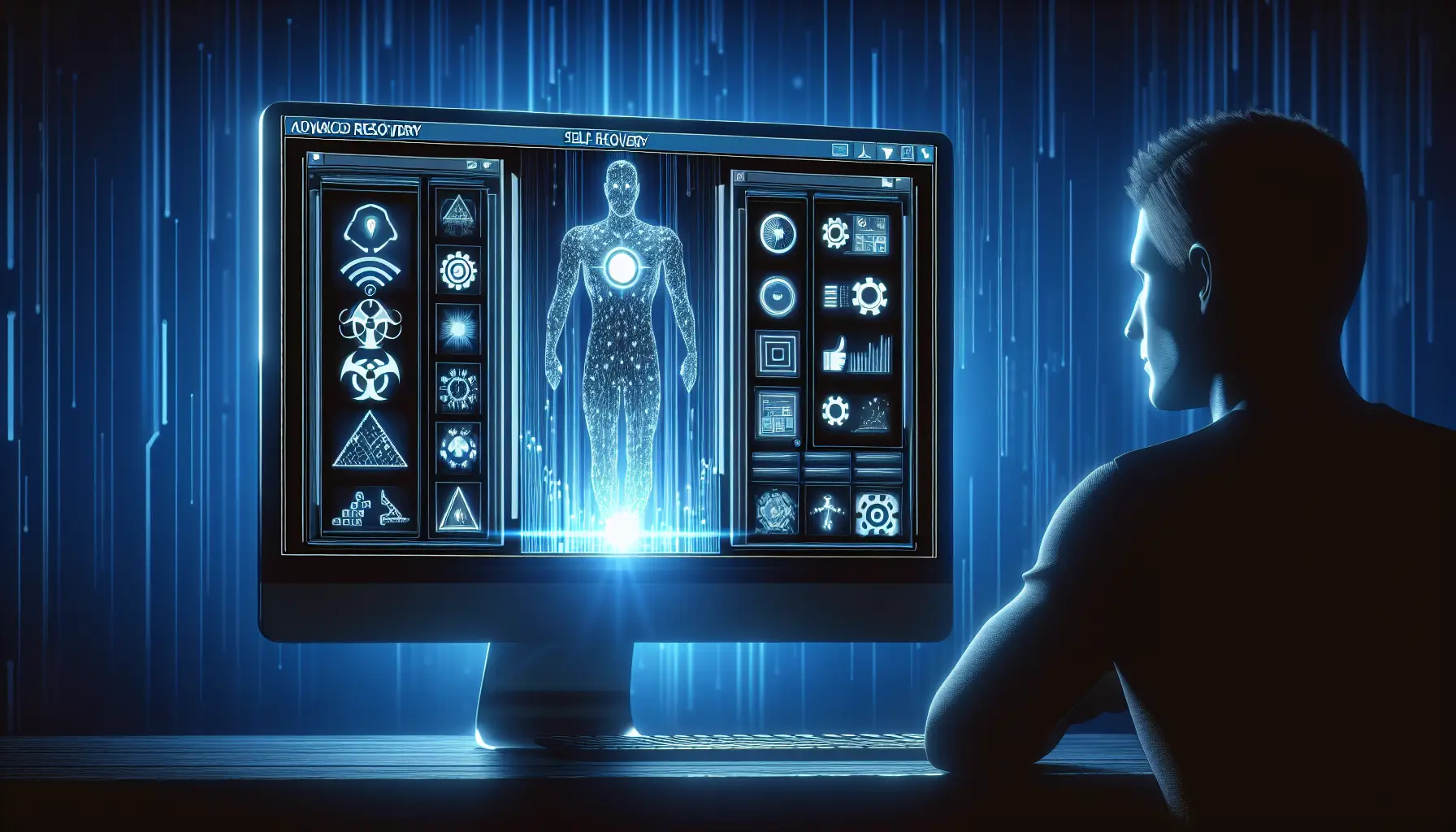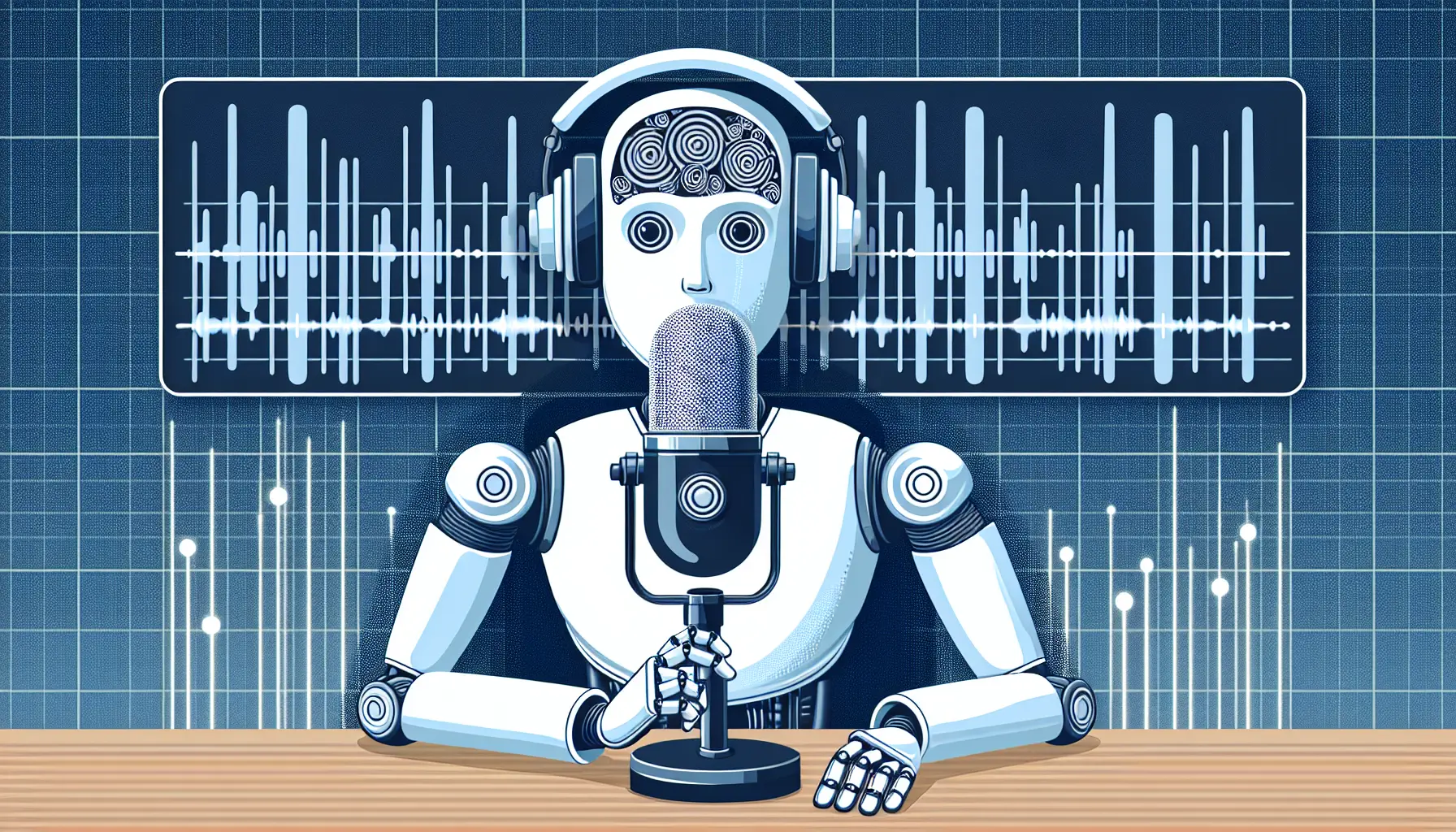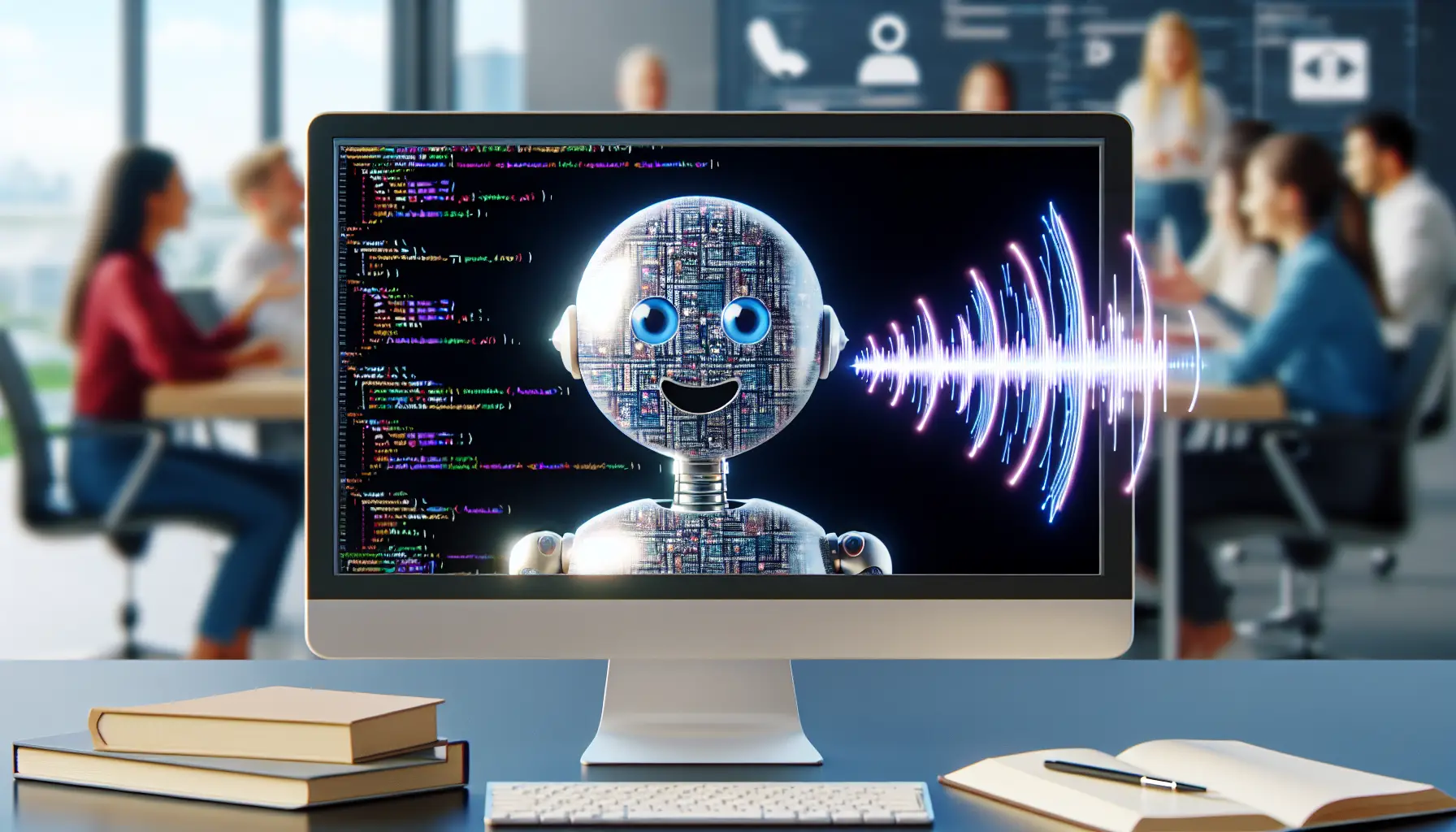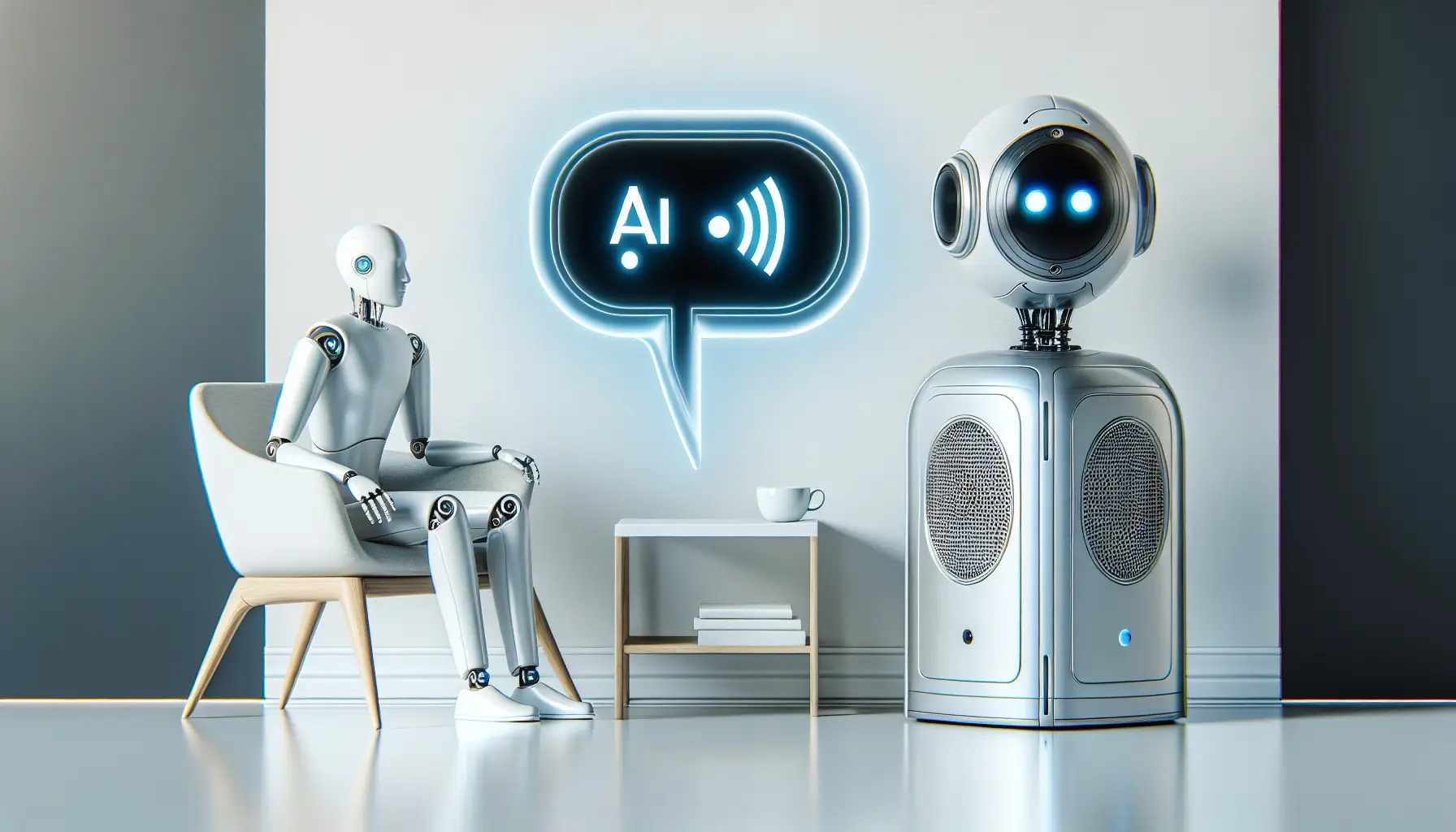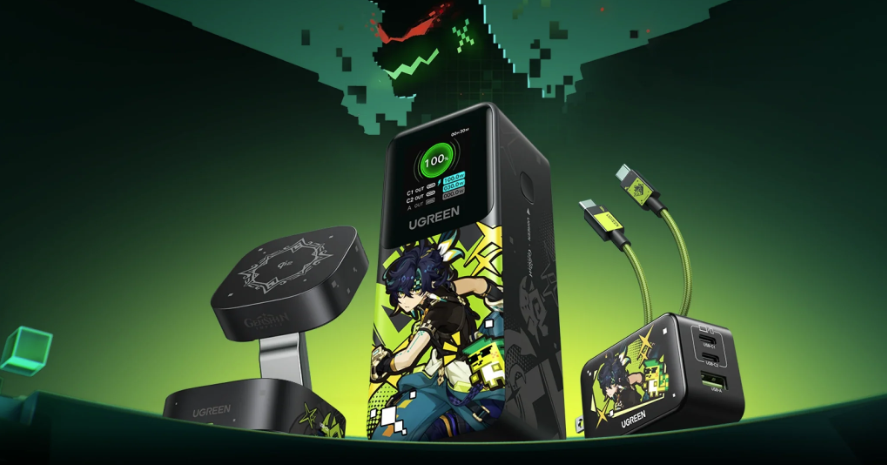🧠 Microsoft’s New Weapon Against Boot-Time Blues? Meet ‘Quick Machine Recovery’
Imagine this: you’re sipping coffee, powering up your Windows laptop, and — boom — black screen. Your device is frozen in digital purgatory. It’s that dreaded boot failure, and productivity? Down the drain.
But Microsoft just whispered a promise to us through the electrical chaos: “It doesn’t have to be this way.”
Enter the latest lifeline from Redmond—Quick Machine Recovery (QMR). Quietly rolled out into the Windows Insider Beta Channel for 24H2, this quietly revolutionary tool is Microsoft’s answer to those maddening “Why won’t my computer start?” mornings.
💡 What Makes QMR a Game-Changer?
At its heart, QMR is part of the broader Windows Resiliency Initiative. Think of it as a digital EMT for your machine—ready to jumpstart your system when corrupt drivers or wonky configurations try to sabotage your boot sequence.
If your machine gets stuck in Windows Recovery Environment (RE), QMR steps in. No nerdy boot menus. No frantic trips to Reddit. Once reconnected to the network (via Ethernet or your standard Wi-Fi protocol), the computer hands its symptoms to Microsoft HQ. Diagnosis is done remotely. A patch is deployed straight through Windows Update. You’re back in the game.
As Riddhi Ameser, Microsoft’s Senior Program Manager, put it during the debut at Ignite 2024: “It’s a game-changer for Windows 11 devices hit by boot issues.”
Game-changer? That might be underselling it.
🧰 So, Who Gets It…and How?
For now, it’s available for folks running preview builds of Windows 11 version 24H2 and bold enough to live on the bleeding edge. But eventually, this life-saving tool will become a silent guardian in the background for all Home users.
Pro and Enterprise users will have the ability to fine-tune the settings: control when it kicks in, how often it scans, and when it runs those internal diagnostics.
Microsoft is clear: this isn’t some one-size-fits-all patchwork. It’s meant to empower organizations, not just rescue them when things go south.
📣 Feedback, Please — QMR Is Still Learning
Microsoft is asking early users to submit feedback in the Feedback Hub under “Recovery and Uninstall > Quick Machine Recovery.” So yes, it’s beta. But it’s also a bold bid to reimagine how operating systems help themselves—or more importantly, help us.
And if you’ve ever felt helpless staring at a machine that’s forgotten how to boot…you know this isn’t just another update. It’s hope, packed into executable code.
🔮 What Could This Mean for the Future?
Here’s the deeper story you might miss amid the technical details: Microsoft’s not just patching bugs anymore. It’s reengineering the foundation for self-healing systems. A silent, connected safety net for billions of users, leveling the field between IT pros and everyday users.
Imagine never again calling that friend who knows how to enter Safe Mode. Imagine your OS diagnosing its own illness and quietly scripting its own cure.
This is more than a feature. It’s a shift in direction.
🛠️ The Tech Behind the Magic
Right now, it works something like this:
- Device encounters a catastrophic failure during boot.
- It enters Windows Recovery Environment (RE).
- Device reconnects to the network securely (Ethernet or WPA-based Wi-Fi).
- Microsoft analyzes the issue remotely.
- A fix is dispatched via Windows Update—no human hands required.
Microsoft even gives IT administrators a preflight checklist—test modes, scanning interval controls, and more—to ensure QMR integrates smoothly into large-scale deployments.
🔓 Final Word: A Nudge Toward Resilience
While there’s no official date for general rollout, one thing is clear: Windows wants to be more than “an operating system.” It wants to be a failsafe. A fallback plan. Kind of like a friend who answers the phone when you’re stuck—only this friend understands kernel-level recursion.
Let’s be honest—we all just want our tech to work. And when it doesn’t, we want it to fix itself.
With QMR, Microsoft might just be delivering that dream…on a silver USB.
—
🧩 Bonus Thought:
If Microsoft is turning devices into self-diagnosing machines, could this approach spill into everything from smart fridges to electric cars? Maybe this isn’t just about fixing boot errors.
Maybe it’s about ushering in a world where technology quietly keeps itself together—so we don’t have to.
